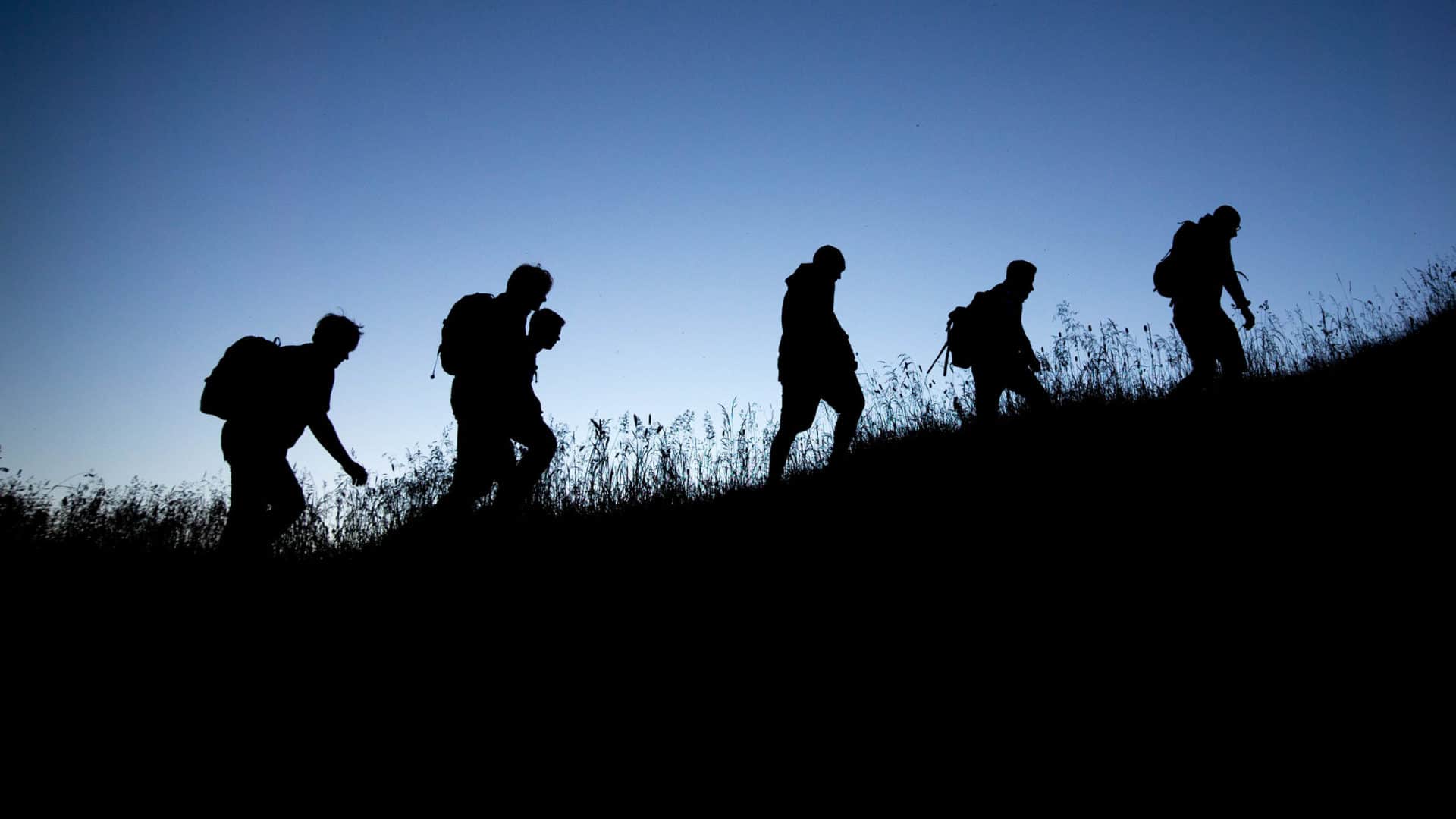trails wilderness program death Tragedy struck in the serene wilderness of [Location] as a young participant of the Trails Wilderness Program lost their life during what was meant to be an adventurous journey of self-discovery and growth. The incident, which occurred on [Date], has once again raised questions about the safety and supervision standards of wilderness therapy programs. As we delve into the details of this heart-wrenching event, it becomes apparent that there is an urgent need to reevaluate and enhance safety measures in such programs.
The Wilderness Therapy Concept
trails wilderness program death Wilderness therapy programs like Trails have gained popularity in recent years for their holistic approach to helping troubled youth. These programs typically involve participants spending an extended period of time in the wilderness, away from the distractions and stressors of modern life. The aim is to promote personal growth, self-discovery, and emotional healing through challenging outdoor activities and group therapy.
MUST READ=trails carolina horror stories
MUST READ=trails wilderness program death
Proponents of wilderness therapy argue that it can be a transformative experience for young people struggling with issues such as substance abuse, behavioral disorders, or mental health challenges. However, the recent tragedy has cast a dark shadow on this therapeutic approach.

The Incident
trails wilderness program death The young participant, whose identity is being kept private out of respect for the family’s wishes, reportedly died due to a combination of factors that culminated in a preventable accident. While exact details are still under investigation, it appears that inadequate supervision and a lack of emergency preparedness played significant roles in the tragic outcome.
Participants in wilderness therapy programs often engage in physically demanding activities such as hiking, camping, and rock climbing. Safety should always be a top priority, given the inherent risks associated with these activities. In this case, it seems that the program failed to provide adequate safeguards, leading to a devastating outcome.
must read=
trails carolina horror stories
trails wilderness program death
The Role of Regulation
The Trails wilderness program and others like it operate in a regulatory gray area. While there are some guidelines and standards in place for outdoor adventure programs, there is no comprehensive federal oversight. State regulations vary, and enforcement can be inconsistent.
This lack of regulation leaves room for significant variation in safety practices among wilderness therapy programs. It also means that there is limited accountability when things go wrong, as they did in this tragic incident. Without clear and stringent safety standards, the well-being of participants is left largely to the discretion of program operators.

The Need for Change
In light of this tragic event, it is imperative that we reevaluate and strengthen safety measures in wilderness therapy programs. Here are some key steps that must be taken to prevent such incidents in the future:
- Regulatory Oversight: There is a pressing need for comprehensive federal and state-level regulations governing wilderness therapy programs. These regulations should establish clear safety standards, including participant-to-staff ratios, emergency response protocols, and staff training requirements.
- Training and Certification: Program staff must undergo rigorous training and certification in wilderness medicine, safety protocols, and crisis management. Regular evaluations of staff competence should be conducted.
- Emergency Preparedness: Every wilderness therapy program should have well-defined emergency response plans, including communication procedures, access to medical care, and evacuation protocols. These plans must be regularly reviewed and tested.
- Transparency: Parents and guardians should be provided with complete and transparent information about the risks and safety measures of the program. Informed consent is crucial, and families need to understand what they are signing up for.
- Accountability: Wilderness therapy programs must be held accountable for any safety lapses or negligence. This includes thorough investigations into any incidents and potential legal consequences if negligence is found.
Conclusion
The death of a participant in the Trails wilderness program is a heartbreaking reminder of the need for enhanced safety measures and regulation in the wilderness therapy industry. While these programs can offer life-changing experiences for troubled youth, they must prioritize the safety and well-being of participants above all else.
As the investigation into this tragedy continues, it is our collective responsibility to advocate for change. By demanding stronger regulations, improved staff training, and transparent practices, we can help ensure that wilderness therapy programs truly provide the healing and growth opportunities they promise, without putting young lives at risk. It is a difficult journey, but one that we must embark upon to honor the memory of the young soul lost in the wilderness.









